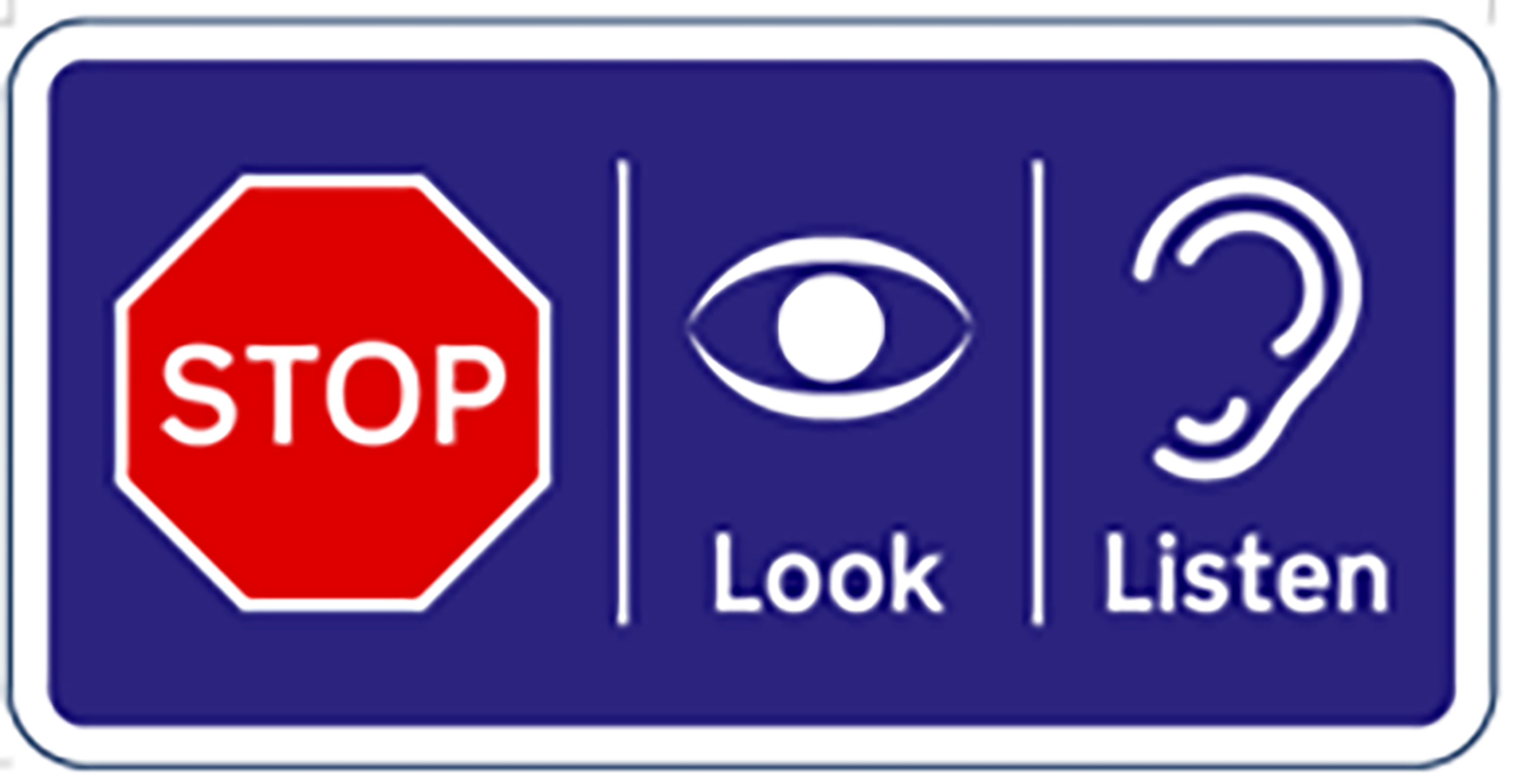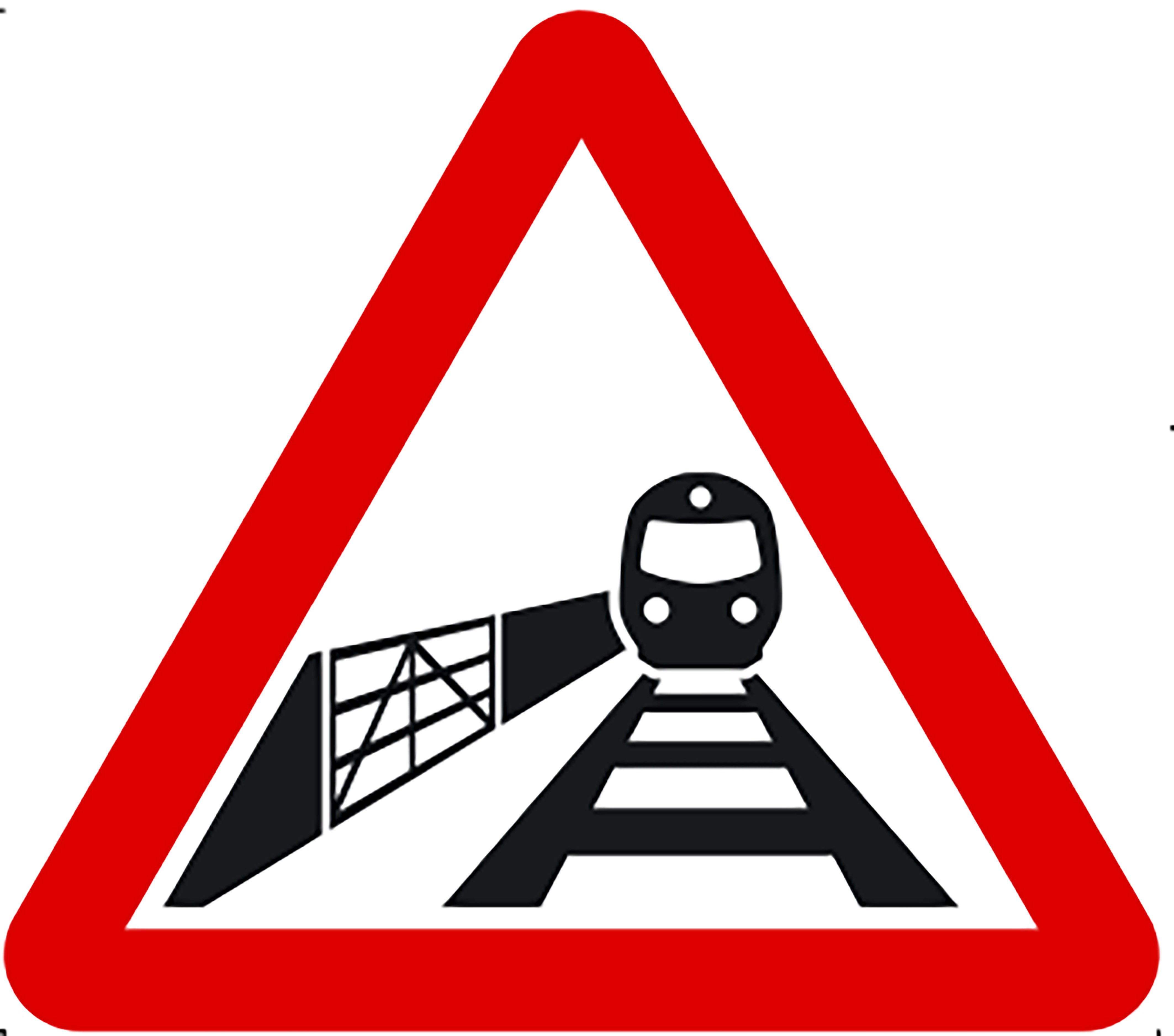
Signs at private level crossings are to be overhauled due to safety fears caused by the rise in online shopping deliveries.
The Department for Transport (DfT) is consulting on making changes to “more clearly and unambiguously” display crucial information at the sites.
Britain’s railways have around 3,000 private crossings, generally where trains cross private roads such as on farmland.
Safety concerns have been raised about the growing number of home delivery drivers and couriers using the crossings in recent years.

Some “may not previously have used private crossings and may be unfamiliar with how to use or operate these safely”, the consultation document warned.
Annual mileage by vans more than doubled in the 25 years to 2019, and the coronavirus pandemic has led to a further increase in online shopping.
A parcel delivery driver was seriously injured in October 2017 when a train smashed into his van as he drove over tracks at a private crossing near Teynham, Kent.
An investigation found he was unfamiliar with the crossing’s safety procedures and failed to use a telephone to obtain permission to cross from a signaller.
In May 2014, a motorcyclist in a group of three was struck and killed by a train approaching Frampton Mansell, Gloucestershire.
Signs informing users to contact a signaller before crossing “did not grab their attention sufficiently for them to read the information on them”, the Rail Accident Investigation Branch found.

Private crossings present “a particular area of risk” as “often the onus is on the user” to follow instructions, according to the DfT’s consultation document.
There is “room for improvement” in the clarity of signage, it added.
Around three-quarters of crossings are owned by Network Rail, with the vast majority of the rest on heritage rail lines.
Some rely on users to look for approaching trains, while others provide a telephone to call a signaller to check it is safe to cross.
Gates, miniature stop lights and audible warnings are also used at some crossings.
Legislation governing their signs dates back to 1996.
The DfT said it would introduce new regulations for signs that “provide clearer information”, such as when users should use a telephone, wait for a green light or look and listen for trains.
Crossing operators would be urged to make changes at the most high-risk locations first, with Network Rail expected to install the new signs at the majority of its sites by 2025.







